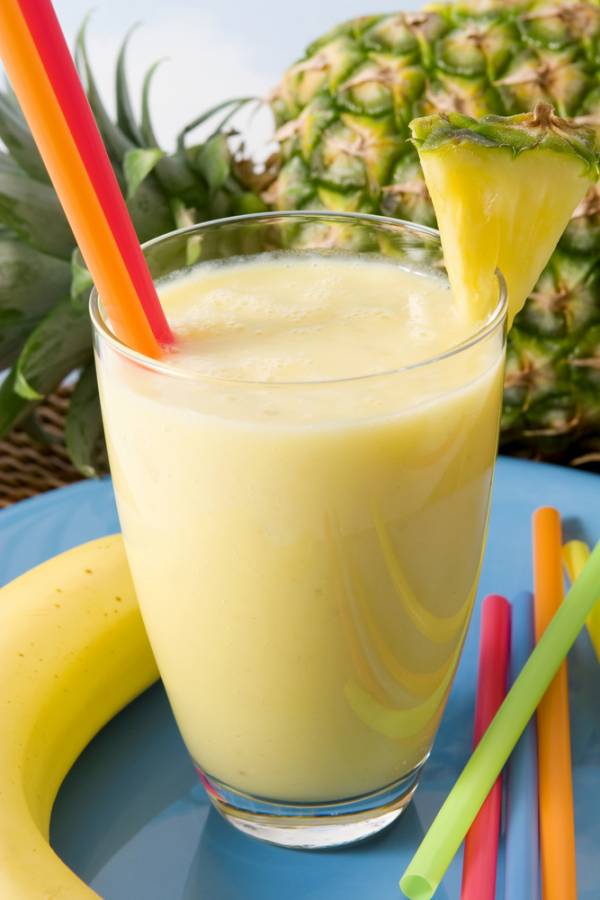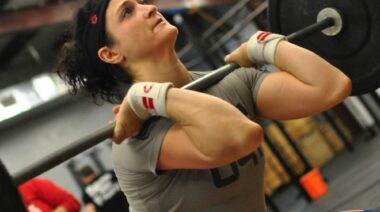Supplements and alternate training aside, the best way to maximize your workout is to properly fuel your body. Your muscles require specific nutrients before and after a workout to build. Keeping your blood sugar level throughout the day is the optimal situation, which is why most serious bodybuilders divide their daily nutrition into six meals, eating a meal every two to three hours, and why understanding the glycemic index (GI) is key.
What Is the Glycemic Index?
The GI is a scale that ranks carbohydrates from 0 to 100 according to how quickly they are processed in the body. Foods that contain no carbohydrates are not listed on the glycemic index. The GI rank is not determined by whether the food is a complex or simple carb, although that does factor in. Other factors are the amount and type of fiber (soluble fiber slows digestion rate and lowers GI rating), the fat and protein content (fat and protein also slow digestion), the specific sugars in the food (maltose converts more quickly than fructose), and the way the food is prepared. It is also important to bear in mind that liquids digest more quickly than solids, which is one reason liquid protein meals are so popular.
While the glycemic index is mentioned most often in connection with diabetic diets, it is just as advantageous for serious athletes to pay attention to a good balance of carbs, including what to eat and when.
High-GI Foods
Foods ranked high on the GI scale are digested rapidly and cause spikes and drops in blood sugar. Some examples are most bread products, white rice, cereals, candy, dates, ketchup, potatoes, watermelon, and (non-diet) soda.
Low-GI Foods
Foods ranked low on the GI scale digest slowly, producing a more gradual rise in blood sugar and insulin levels. Examples of low GI foods are apples, beans and legumes, broccoli, blueberries, noodles, oat bran, pears, peppers, raspberries, milk, mushrooms, tomatoes, and rhubarb.
Before Your Workout
During an intense workout, your body burns off stored energy very quickly and turns to glycolisis – the process of converting carbs into energy. This is why runners rely on carb-loading before a race, to have fast-loading carbs available to fuel the workout all the way through. Without preparation, your body will burn the very nutrients necessary to build muscle.
Roughly sixty to ninety minutes prior to working out, you should have a meal that includes protein and low- to medium-GI carbohydrates. Some great carbohydrate sources are slow-cooked oatmeal with fruit, sweet potato, milk, brown seaweed, or black beans. The timing is important to give the body time to digest the food and convert the nutrients to ready energy.
About thirty minutes before the workout, mix up a protein drink using high-GI unsweetened fruit juice or blend with whole fruit to boost your immediate energy resources.
After Working Out
It’s extremely important to refuel after a workout, to provide the nutrients necessary to help your muscles rebuild and recover. Your post-workout meal should be 15% to 20% of your total caloric intake for the day, and should have quality carbs and proteins. This is a good time to have a liquid supplement that contains both proteins and carbohydrates.

Drinks high on the GI scale increase the production of insulin, an anabolic hormone that enhances amino acid and glucose absorption. Fortified whey protein drinks that contain glutamine and branched-chain amino acids work well for post-workout carbohydrate load, as well as creatine products. Liquids metabolize more quickly for optimal results.
You may not feel up to eating just after a workout, but the faster you can ingest nutrients, the better. Shoot for no more than thirty minutes after your workout, and be sure to eat within ninety minutes. The post-workout meal will dramatically increase muscle mass. Some great high-GI foods to pair with protein after a workout include rice, sweet fruits like pineapple or banana (how about a fruit smoothie?), mashed potatoes, or bread.
Before Bed
On workout days, your body is exposed to more stress and higher calorie burn. To ensure your blood sugar remains level and your energy stores are not depleted overnight, eat a high quality, easily digestible protein snack, like cottage cheese with a low-GI fruit (peaches, berries, or apple), 4-6 oz of grilled chicken breast or other low-fat protein, or an omelet.
The Bottom Line
Throughout your day, the healthiest approach to diet is to balance proteins and low-GI carbs to create a steady blood sugar level with nutrients released slow and steady. Eating a wide variety of foods offers maximum nutrition value. The exception to this healthy approach to diet and nutrition is pre- and post-workout meals, when you want high-GI foods, high quality proteins, and plenty of extra calories along with proper hydration. On workout days, you should significantly increase your caloric intake to balance the calories burned.
Photos courtesy of Shutterstock.






